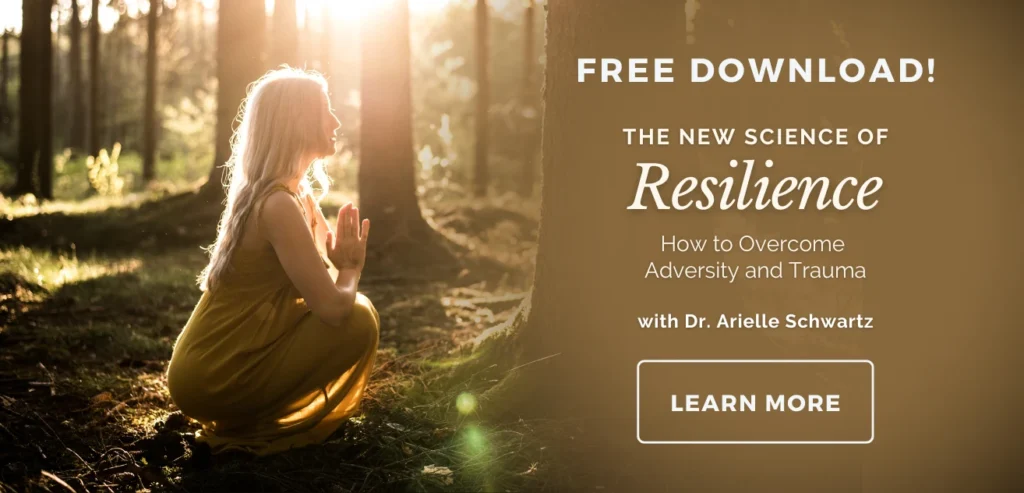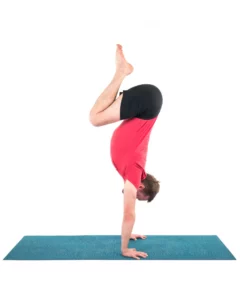Decode Sanskrit: A Short Primer

Article At A Glance
I wrote about using Sanskrit vs. English names when you teach yoga poses in a previous post. The answer, as in so much of yoga practice is, it depends. If you’d like to explore using Sanskrit at least some of the time, it may not be as difficult as you think. In this post, I’ll offer some tips on how to recognize patterns in some pose names. This might help you decode Sanskrit so that you can use it more often.
First, I want to reiterate that unless you’re a Sanskrit scholar who has studied and practiced the language, you’re likely not really speaking Sanskrit when you use Sanskrit pose names. Sanskrit is a complex language. Pronunciation is key for conjuring up the vibration of each word. So it’s much more complicated than simply memorizing the names. Still, if you like a challenge, read on.
How To Recognize Patterns to Decode Sanskrit
Some yoga asanas are named after fauna and flora—Kapotasana (Pigeon Pose), Ustrasana (Camel Pose), Vrksasana (Tree Pose). The names of other poses, particularly standing poses, are more literal. It’s these poses that contain recognizable patterns. From these patterns, we can begin to decode Sanskrit names. I’ve also noted in the following list the Sanskrit words that have English derivations.

Here are some examples:
- Adho: Downward
- Ardha: Half
- Asana: Pose
- Dhanu: Bow
- Eka: One
- Go: Cow
- Hasta: Hand, arm (English derivation)
- Janu: Knee
- Kon: Angle (English derivation: corner)
- Mukha: Face
- Pada: Foot, leg (English derivation: ped)
- Parsva: Side
- Parvrtta: Rotated
- Sirsa: Head
- Supta: Supine (English derivation: supine)
- Svan: Dog
- Tri: Three (English derivation)
- Vrksa: Tree
- Upavista: Seated
- Urdhva: Upward
Combining the Roots

This is not an exhaustive list, but these are some of the common root words we see in Sanskrit pose names. These root words fit together to form various asana names, making it easy to decode Sanskrit names. For example:
- Adho: Adho (Downward)+Mukha (Facing)+Svan (Dog)+Asana (Pose) = Downward Facing Dog Pose; Adho (Downward)+Mukha (Facing)+Vrksa (Tree)+Asana (Pose) = Downward Facing Tree Pose aka Handstand
- Ardha: Ardha (Half)+Chandra (Moon)+Asana (Pose) = Half Moon Pose; You can also use Ardha in any number of poses such as Ardha Phalakasana (Half Plank Pose), or Ardha Salabhasana (Half Locust Pose), etc.
- Asana: Asana is the suffix to almost every Sanskrit pose name with the notable exception of Viparita Karani (Clear Lake, more commonly known as Legs-Up-the-Wall Pose).
- Kon: Tri (Three)+Kon (Angle)+Asana = Triangle Pose; Parsva (Side)+Kon (Angle)+Asana= Side Angle Pose; Upavista (Seated)+Kon (Angle)+Asana= Seated Angle Pose
You probably get the idea by now. Here are some more names. See if you can identify the roots and come up with the English names. Then play with coming up with your own variations on pose names, using some of these roots.

- Eka Pada Hastasana
- Sirsasana
- Janu Sirsasana
- Gomukhasana
- Parvrtta Ardha Chandrasana
- Urdhva Mukha Svanasana
- Supta Padanghustasana
- Urdhva Dhanurasana
- Parvrtta Parsvakonasana
Also, read...
Sthira and Sukha – Balancing Effort and Ease in Yoga Asana
Restorative Yoga: A Sequence to Build and Maintain Resilience
Pranayama: Expand Your Life Energy
Related courses

Charlotte Bell began practicing yoga in 1982 and began teaching in 1986. She was certified by B.K.S. Iyengar in 1989 following a trip to Pune. In 1986, she began practicing Insight Meditation with her mentors Pujari and Abhilasha Keays. Her asana classes blend mindfulness with physical movement. Charlotte writes a column for Catalyst Magazine and serves as editor for Yoga U Online. She is the author of two books: Mindful Yoga, Mindful Life, and Yoga for Meditators, both published by Rodmell Press. She also edits Hugger Mugger Yoga Products’ blog and is a founding board member for GreenTREE Yoga, a non-profit that brings yoga to underserved populations. A lifelong musician, she plays oboe and English horn in the Salt Lake Symphony and the folk sextet Red Rock Rondo whose 2010 PBS music special won two Emmys.



